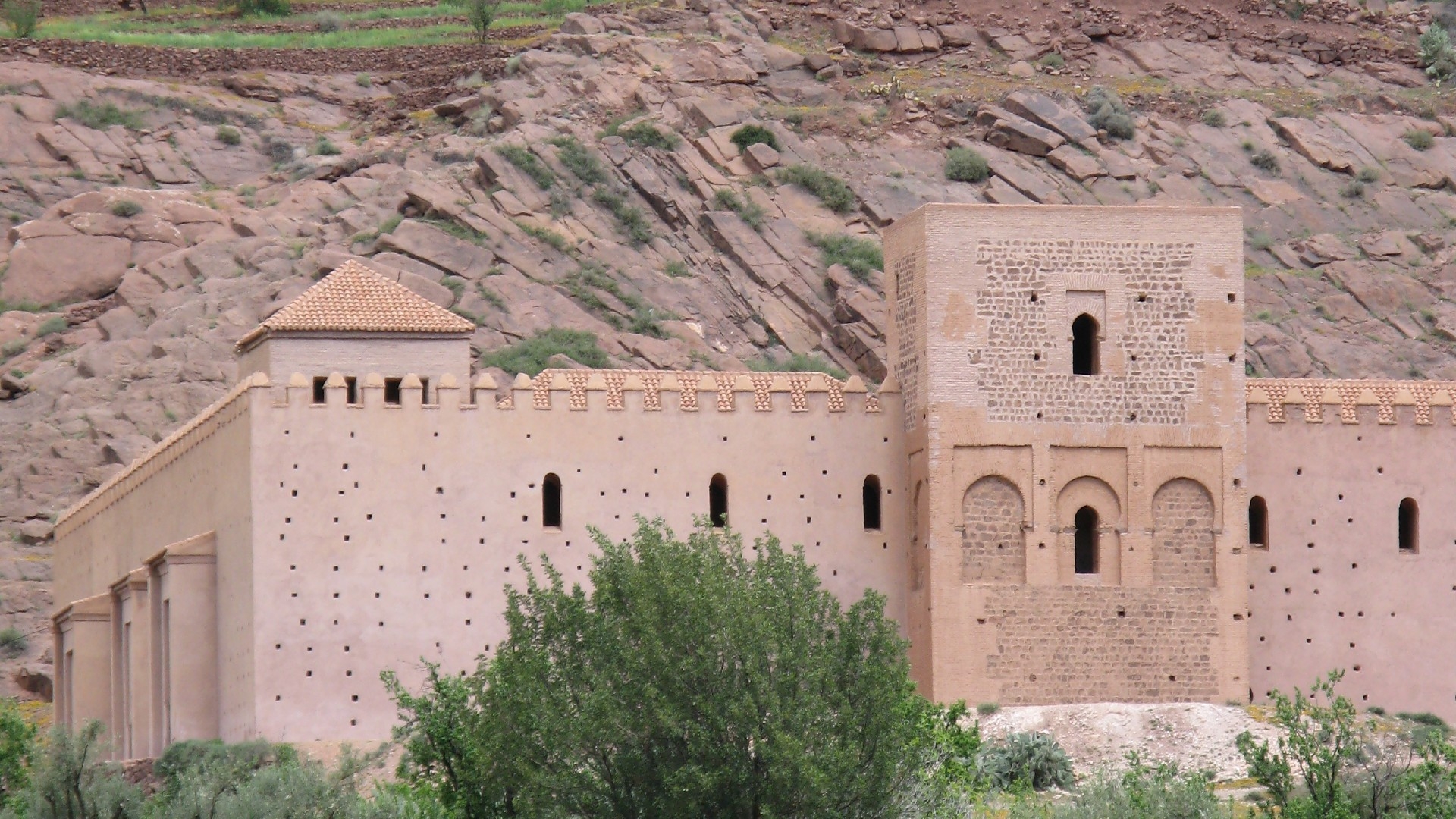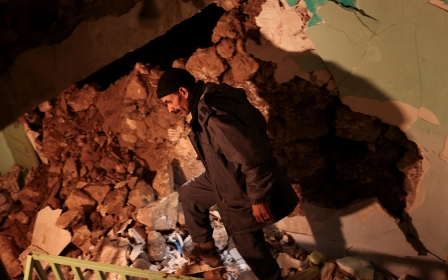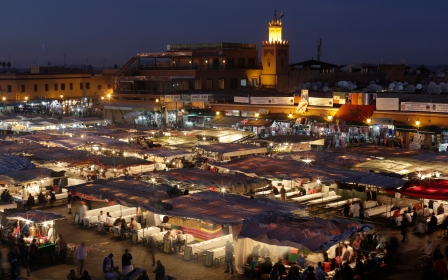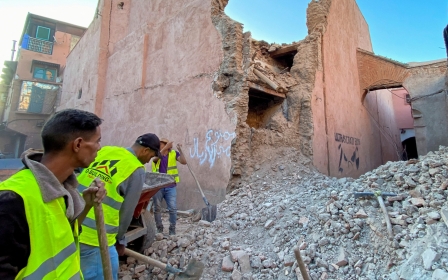Morocco earthquake: Historic Tinmel Mosque damaged in mountainous area

Morocco's deadly earthquake has badly damaged one of the most important historical sites in the High Atlas mountains, an earth-and-stone mosque built by a medieval dynasty that ruled North Africa and Spain, according to Reuters.
Moroccan media reported that parts of the Tinmel Mosque had collapsed. Photographs circulating online showed tumbled walls, a half-fallen tower and large piles of debris.
Middle East Eye could not immediately verify the images.
Responding to a Reuters question about the reported damage to the mosque, a Moroccan culture ministry source said "the ministry has decided to restore it and will make budget for it", without giving details.
New MEE newsletter: Jerusalem Dispatch
Sign up to get the latest insights and analysis on Israel-Palestine, alongside Turkey Unpacked and other MEE newsletters
The 12th-century mosque was built where the Almohad dynasty established its first capital in a remote Atlas valley before going on to seize Marrakech, proclaim its leader caliph and march on across the region.
The United Nations cultural agency Unesco said it had heard of "very important destructions to the Tinmel Mosque", which had been proposed for listing as a World Heritage Site, but added it was still waiting to send a team to assess the damage.
At least 2,012 people have died in the Friday earthquake so far, according to the latest figures provided by the Ministry of the Interior. Another 2,059 people are injured, including 1,404 in serious condition.
The powerful 6.8-magnitude tremor struck south of Marrakech, a tourist city known for its historic buildings, and left widespread destruction.
Some buildings in Marrakech's Old City - a Unesco world heritage site - suffered heavy damage, but the most important sites were largely unharmed.
The Jemaa el-Fnaa square, a famous tourist attraction packed with busy markets, street vendors and gardens, appeared largely unaffected.
The Kutubiyya Mosque, which overlooks the square, also remained intact.
However, parts of the Old City's famous red earth walls were cracked, according to state-run Al Aoula TV.
This article is available in French on Middle East Eye French edition.
Middle East Eye delivers independent and unrivalled coverage and analysis of the Middle East, North Africa and beyond. To learn more about republishing this content and the associated fees, please fill out this form. More about MEE can be found here.




